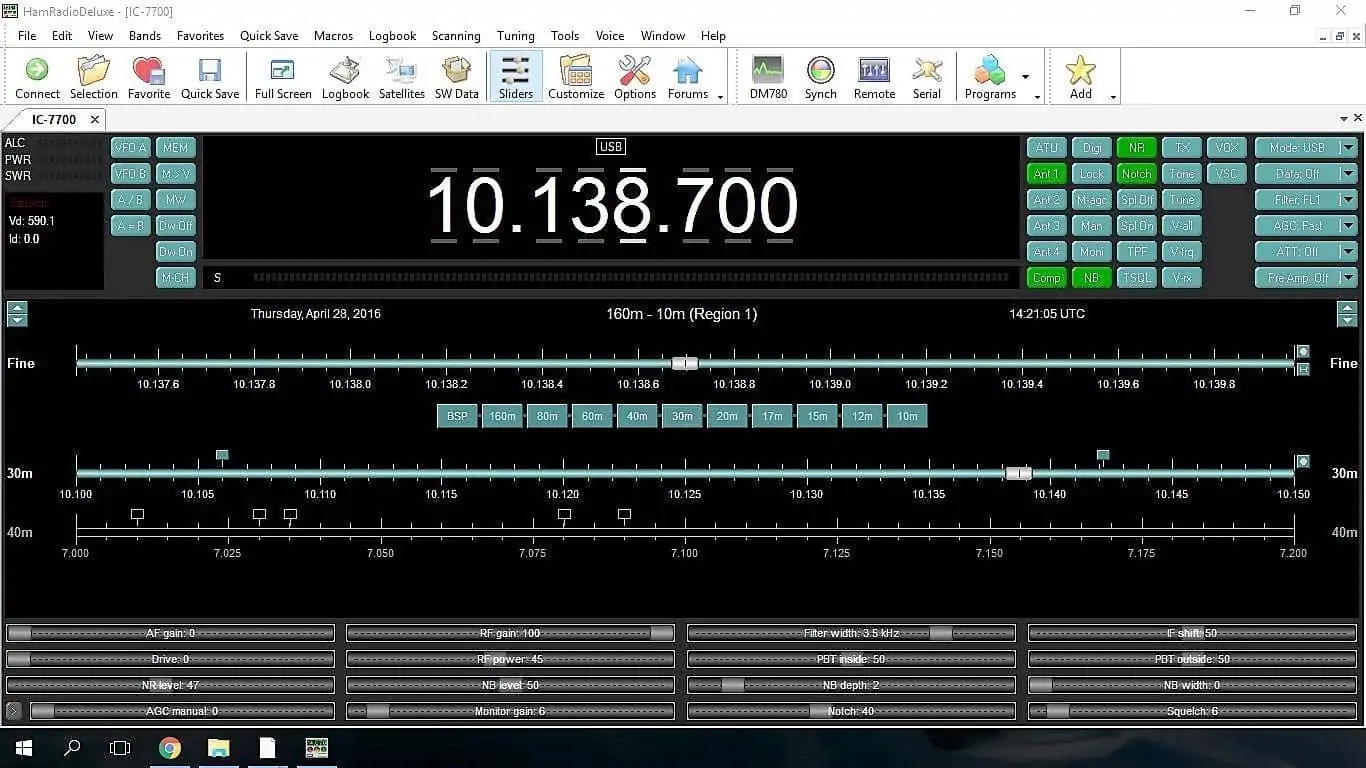Serial Port - 1 = (Com4), Serial Port - 2 = (Com5). Driver Provider: Digi International Driver Date: 5/5/2010 Driver = 5.30.2.0 Properties reports - device is working properly. Port Settings = 4800, 8, None, 1, Flow Control = None Attached to Edgeport is XStream-PKG wireless modem with baud set to same as above. Using HyperTerminal for. Download Driver for the Mac OS X version, named 2.2.18 (32bit) Open the driver file which you just download, and double click FTDIUSBSerialDriver104105106107.mpkg After double click, you will see an installer window. Provide an INF file that specifies the Ports device setup class and the Serial function driver as the service for the port. To configure a serial port as COM port, comply with the requirements that are defined in Configuration of COM Ports. My com port is missing. And the ports option is not available in Device Manager. I'm able to perfectly connect and use my phone/modem with the computer. I had gone through several discussions about same topic here in answers.microsoft.com to no avail. How do i enable it, or can you provide a link where i can download this com driver for windows 10? Description: Communications Port DeviceClass: PORTS DeviceID: ACPI PNP0501 1 DeviceName: Communications Port DriverDate: 0000.+. DriverProviderName: Microsoft DriverVersion: 10.0.10586.212 FriendlyName: Communications Port (COM1) HardwareID: ACPI VENPNP&DEV0501 InfName: msports.inf Is Signed: The value could not be read.
-->For most devices, the Ports device setup class and the Serial function driver provide the functionality required to operate serial ports and COM ports. To install serial ports and COM ports using these system-supplied components, do the following:

Provide an INF file that specifies the Ports device setup class and the Serial function driver as the service for the port.
To configure a serial port as COM port, comply with the requirements that are defined in Configuration of COM Ports.
Apci-7300 Communications Port (com5) Driver Updater

For more information about installing serial ports and COM ports using the Ports device setup class and the Serial function driver, see the following topics:
If you do a custom installation of a COM port, you must comply with the COM port requirements that are defined in Configuration of COM Ports.
Your data logger may record great data, but if you can't retrieve it, the data isn't going to do you much good. To ensure your successful data retrieval, it's essential that you can troubleshoot possible problems that may arise with PC-to-data-logger communication over a serial connection. This article looks at six of the most common problems and explains how you can easily resolve them.
#1 - Power Connection
Most Campbell Scientific data loggers need between 10 and 16 Vdc connected to the power input. A good power supply is between 12 and 14 Vdc. To ensure your data logger is getting the power it needs, make sure your power supply is not switched off. Some data logger models make this easy to do by having a light on them that flashes when they are active. Even if your data logger doesn't have this feature, you can still use a voltmeter to check the voltage at the power input.
#2 - Serial Cable Connection
Apci-7300 Communications Port (com5) Drivers
A serial cable must be properly connected between the PC and the data logger. For example, some data loggers have two types of ports, and it is important to use the correct cabling for the one you are connected to. On Campbell Scientific data loggers, there are two types of 9-pin connectors: CS I/O and RS-232. With RS-232, you can either connect a straight-through cable between the RS-232 port on the PC and the RS-232 port on the data logger, or you can use a USB to RS-232 cable. If you are connecting to a CS I/O port, you must also use an RS-232 to CS I/O converter, such as the SC32B Optically Isolated RS-232 Interface.
#3 - Baud Rate Selection
The baud rate you select in the software must match the baud rate of the data logger serial port. For example, CR200-series dataloggers and CR10X dataloggers are always 9600 baud. CR1000 and similar data loggers can handle baud rates up to 115200. The CR1000 defaults to a baud rate of -115200, which means 115200 with autobaud enabled. The autobaud option tries to adjust the baud rate automatically to match the PC. Although autobaud is reliable at adjusting down the baud rate, it does have trouble adjusting up from 9600 to 115200. So, if someone else connects to your CR1000 at 9600 baud, you may have trouble connecting at 115200. After you successfully connect, you can change the baud rate setting for the serial port on the data logger.
#4 - COM Port Selection

Provide an INF file that specifies the Ports device setup class and the Serial function driver as the service for the port.
To configure a serial port as COM port, comply with the requirements that are defined in Configuration of COM Ports.
Apci-7300 Communications Port (com5) Driver Updater
For more information about installing serial ports and COM ports using the Ports device setup class and the Serial function driver, see the following topics:
If you do a custom installation of a COM port, you must comply with the COM port requirements that are defined in Configuration of COM Ports.
Your data logger may record great data, but if you can't retrieve it, the data isn't going to do you much good. To ensure your successful data retrieval, it's essential that you can troubleshoot possible problems that may arise with PC-to-data-logger communication over a serial connection. This article looks at six of the most common problems and explains how you can easily resolve them.
#1 - Power Connection
Most Campbell Scientific data loggers need between 10 and 16 Vdc connected to the power input. A good power supply is between 12 and 14 Vdc. To ensure your data logger is getting the power it needs, make sure your power supply is not switched off. Some data logger models make this easy to do by having a light on them that flashes when they are active. Even if your data logger doesn't have this feature, you can still use a voltmeter to check the voltage at the power input.
#2 - Serial Cable Connection
Apci-7300 Communications Port (com5) Drivers
A serial cable must be properly connected between the PC and the data logger. For example, some data loggers have two types of ports, and it is important to use the correct cabling for the one you are connected to. On Campbell Scientific data loggers, there are two types of 9-pin connectors: CS I/O and RS-232. With RS-232, you can either connect a straight-through cable between the RS-232 port on the PC and the RS-232 port on the data logger, or you can use a USB to RS-232 cable. If you are connecting to a CS I/O port, you must also use an RS-232 to CS I/O converter, such as the SC32B Optically Isolated RS-232 Interface.
#3 - Baud Rate Selection
The baud rate you select in the software must match the baud rate of the data logger serial port. For example, CR200-series dataloggers and CR10X dataloggers are always 9600 baud. CR1000 and similar data loggers can handle baud rates up to 115200. The CR1000 defaults to a baud rate of -115200, which means 115200 with autobaud enabled. The autobaud option tries to adjust the baud rate automatically to match the PC. Although autobaud is reliable at adjusting down the baud rate, it does have trouble adjusting up from 9600 to 115200. So, if someone else connects to your CR1000 at 9600 baud, you may have trouble connecting at 115200. After you successfully connect, you can change the baud rate setting for the serial port on the data logger.
#4 - COM Port Selection
The COM port you select in the software must match the physical port on the PC used for the connection. This was rarely a problem on older computers with a built-in serial port because the port was almost always COM1 and didn't change. These days, however, most of us use USB to RS-232 cables, and Windows assigns a COM number to the cable. It is common for Windows to assign a different COM port number to the cable depending on which USB port you plug it into. Depending on the driver, however, you may be able to specify the port number to use. Invalid COM port selection is one of the most common communication problems:
Figure 1: Error seen when an invalid COM port is selected.
Use the selectable list of COM ports in the software to verify what port number is assigned to your cable:
Figure 2: USB to RS-232 cable in list of available COM ports.
If your USB to RS-232 cable does not appear in the list of available COM ports, check that the USB driver is properly installed.
#5 - COM Port Availability
The COM port you want to use must be available and not already in use by another software program. When a piece of software has a COM port open, Windows prevents all other software from accessing it. You will receive an 'Access is denied' error (Figure 3) when attempting to use an already open COM port. Close other software that may be using the port, and try again.
Figure 3: Error received when COM port already in use by other software.
#6 - PakBus Address Selection
The PakBus address you specified in the setup of the software must match the PakBus address of the data logger. All data loggers with PakBus operating systems have a default PakBus address of 1. If you previously connected successfully with the data logger using the same computer, the setting is likely correct. If you are unsure of the PakBus address of the data logger, you can use the Device Configuration Utility to check the PakBus address of the data logger when it connects.
Additional Insight
When it comes to problems connecting with a serial cable, don't be afraid to check the simple, obvious things first. Now and then, we all forget to flip a power switch or accidentally plug a cable into the wrong spot.

